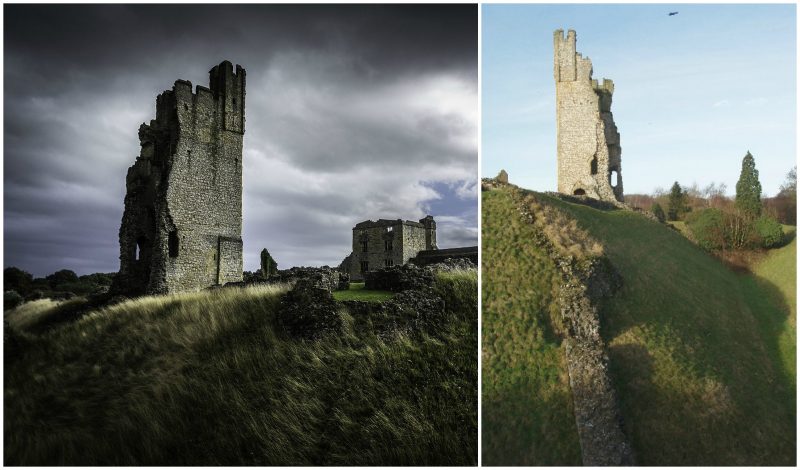Anciently known as Hamlake, Helmsley Castle is a medieval, dilapidated castle situated in the market town of Helmsley, within the North York Moors National Park, North Yorkshire, England.A castle, constructed in wood around 1120, was built by Walter l’Espec. Walter was childless and on his death in 1154 the castle passed to his sister Adelina who had married Peter de Roos. In 1186 Robert de Ros, son of Everard de Ros, began work on converting the castle to stone. He built two main towers, the round corner towers and the main gateway on the south side of the castle.
He died in 1227, granting the castle to his older son William who lived there from 1227 to 1258. The only change made to the castle during this time was the construction of the chapel in the courtyard. William’s son, Robert, inherited the castle and was Lord of Helmsley from 1258 to 1285. He raised the east tower and built the new hall and kitchen, as well as strengthening the castle. He built a wall dividing the castle into north and south sides, with the southern half for the private use of the lord’s family in the new hall and east tower, and the northern half containing the old hall to be used by the steward and other castle officials. William died in 1316.
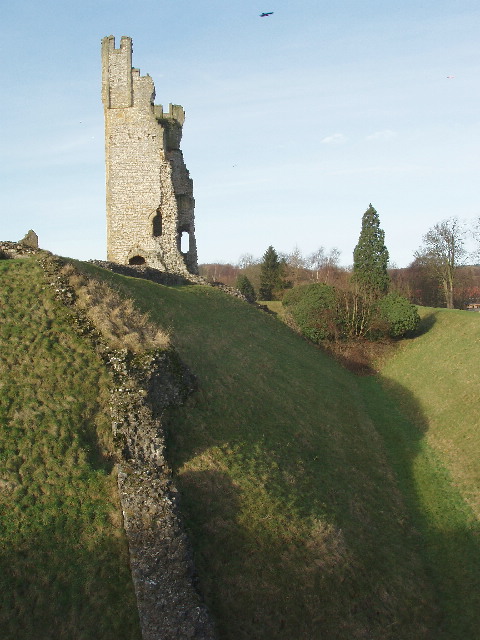
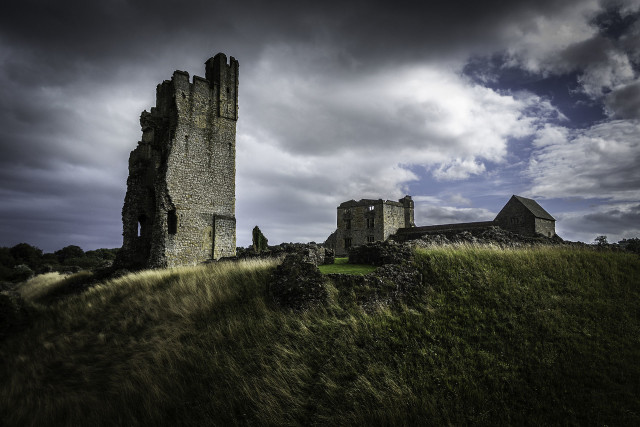
Helmsley Castle remained in the possession of the de Roos family until 1478 when Edmund de Roos sold it to Richard, Duke of Gloucester who later became Richard III. Richard did nothing to the castle, staying instead at Middleham Castle. After Richard III’s death at the Battle of Bosworth, Helmsley Castle was restored to Edmund de Roos by Henry VII.
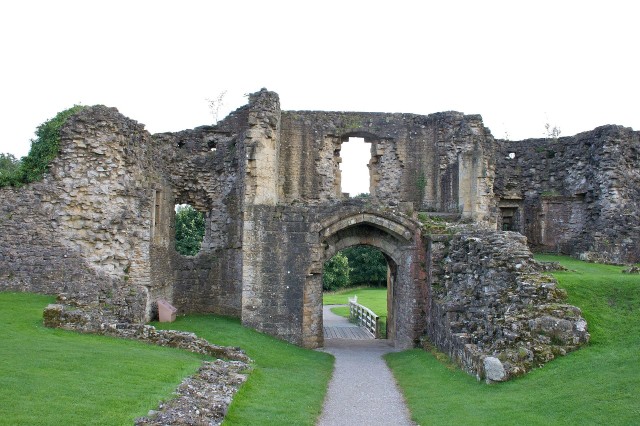
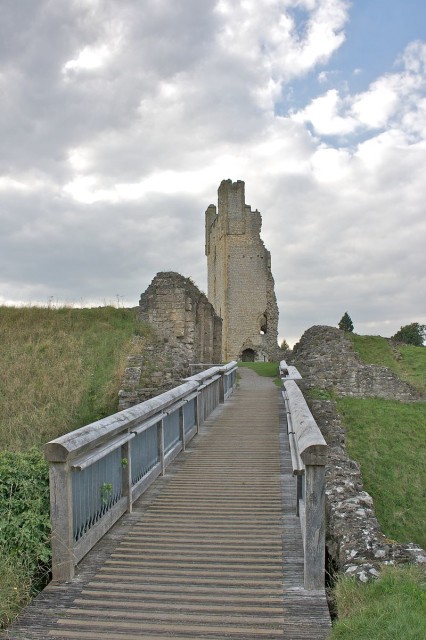
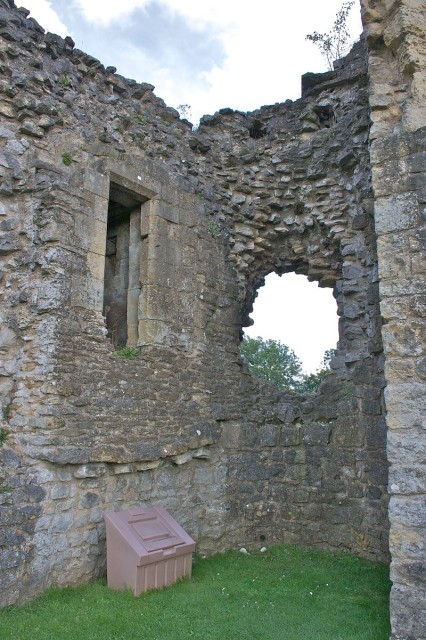
Edmund died childless in 1508 and the castle passed to his cousin Sir George Manners of Etal on whose death in 1513 his son Thomas inherited it. He was created Earl of Rutland in 1525. On his death in 1543, Thomas was succeeded by his son, Henry, but it was under the rule of his grandson Edward, that the castle was altered next. He had the old hall converted into a Tudor mansion, converted the 13th-century chapel into a kitchen linked to the old hall by a covered gallery, and knocked the new hall down. The south barbican was converted into a more comfortable residence at this time. A letter of April 1578 describes the slow progress of the mason’s work, and that timber was available for a gallery in the attic of the mansion. On Edward’s death in 1587 his brother John Manners inherited the castle, followed by John’s son Roger, and then Roger’s younger brother Francis. On the death of Francis in 1632 the castle passed to George Villiers, 1st Duke of Buckingham through his marriage to Katherine, Francis’ daughter.
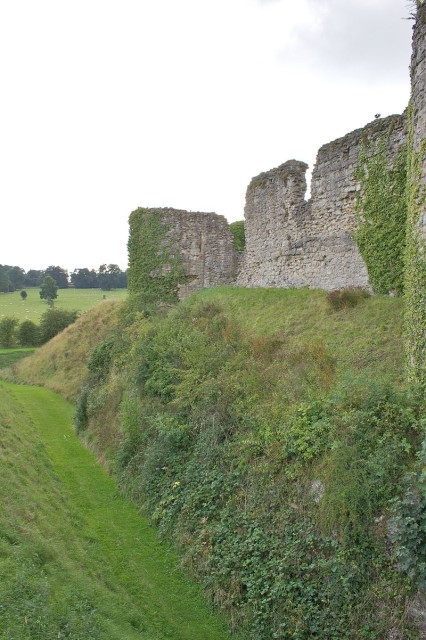
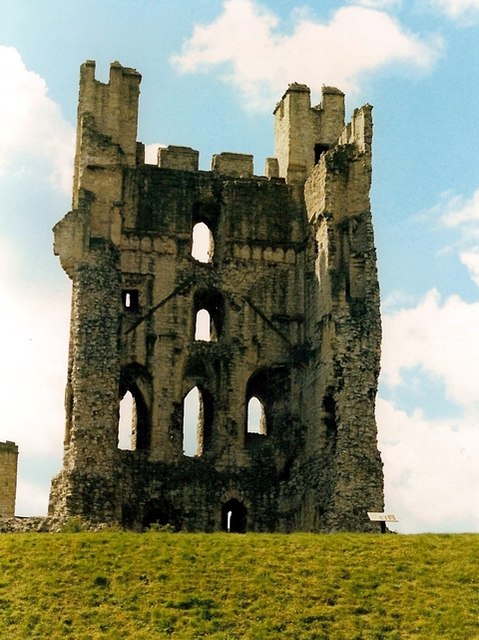
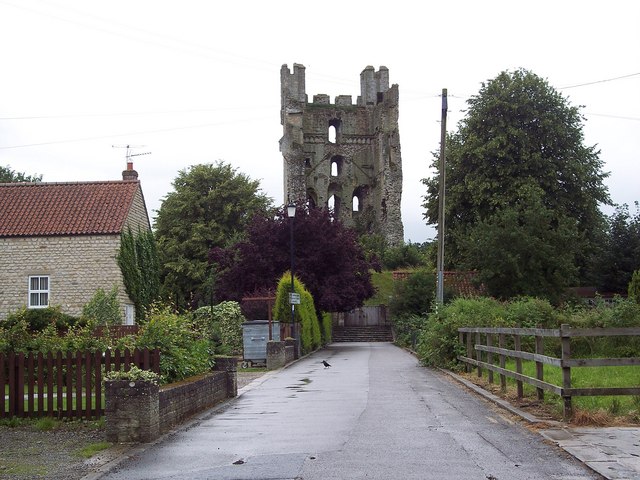
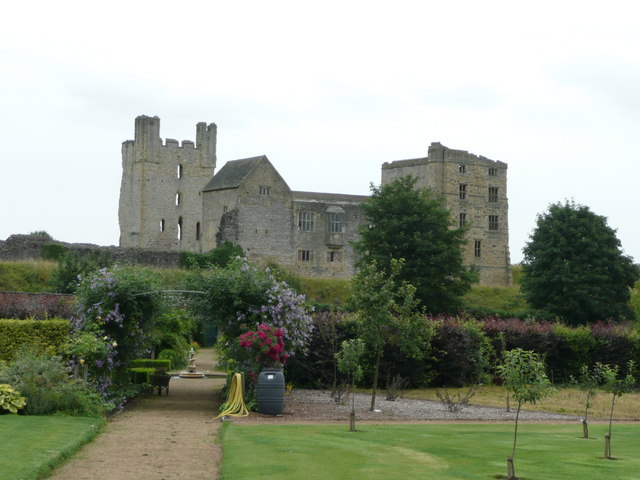
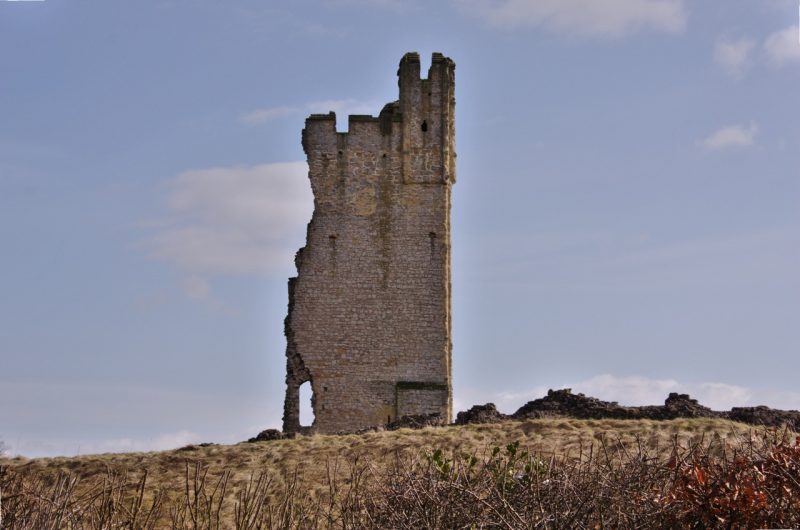
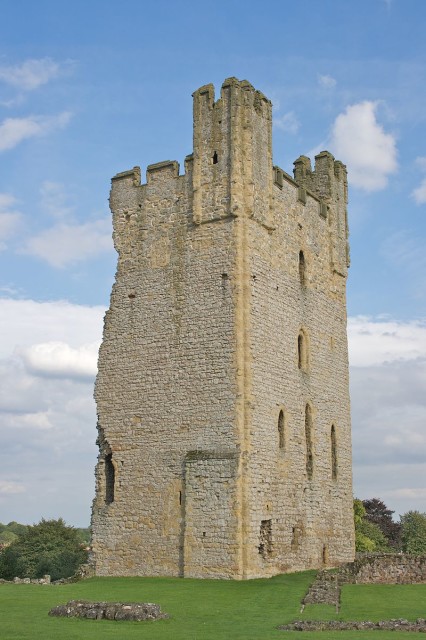
During the English Civil War, the castle was besieged by Sir Thomas Fairfax in 1644. Sir Jordan Crosland held it for the king for three months before surrendering. Parliament ordered the castle to be slighted to prevent its further use and much of the walls, gates and part of the east tower were destroyed. However the mansion was spared. The castle had by this time been inherited by George Villiers, 2nd Duke of Buckingham who married Mary, daughter of Thomas Fairfax in 1657.
After his death in 1687 the castle was sold to Charles Duncombe, a banker and politician who was knighted in 1699 and became Lord Mayor of London in 1708. His sister Mary’s husband, Thomas Brown, inherited the castle on Charles’s death in 1711. Thomas changed his name to Duncombe. He hired John Vanbrugh to build a country house at Duncombe Park overlooking the castle and left the castle to decay. Although it is still owned by the Feversham family of Duncombe Park, the castle is now in the care of English Heritage.
All photos by Wikimedia Commons.
